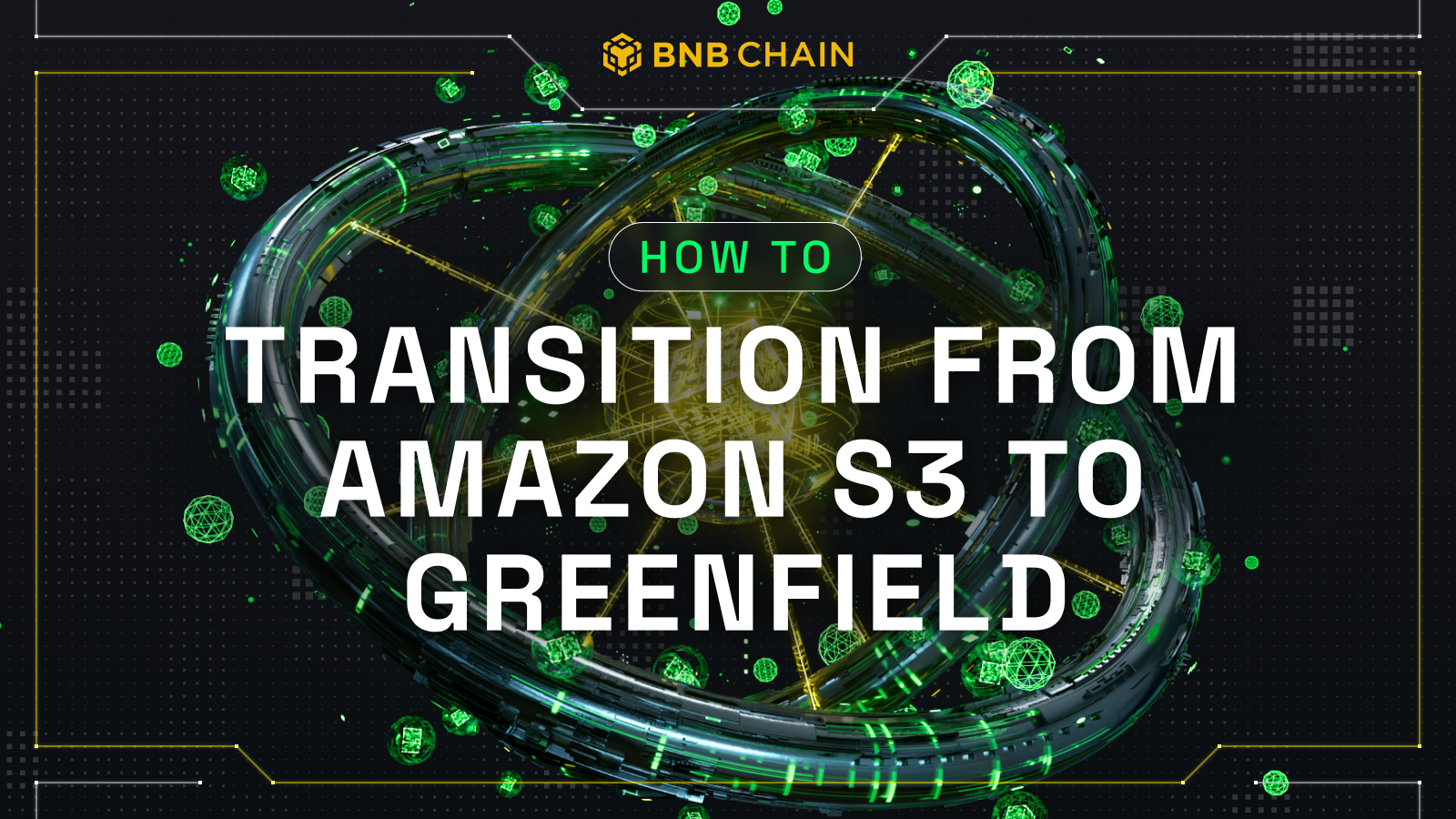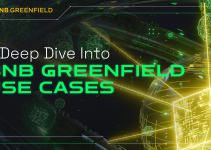Table of Contents

BNB Greenfield is one of the main pillars of the BNB Chain ecosystem. It is a decentralized data storage system that puts users in control of their own data.
In this guide, we will examine the steps businesses must take to seamlessly transition from centralized cloud storage solutions like Amazon Web Services’ Simple Storage Service (AWS S3) to Greenfield.
Amazon S3 vs Greenfield: Understanding the Core Differences
While S3 operates within AWS’s centralized infrastructure, utilizing Keys and Secrets for permission control, Greenfield adopts a decentralized model. It leverages blockchain technology and private keys for authentication, enhancing security and decentralization. Greenfield’s distributed storage structure gives you enhanced data durability and recoverability.
Making a Smooth Transition – A Step-by-Step Process
We have broken down the transition process into four steps.
Step 1: Getting Familiar with Greenfield
Greenfield stands out for its user-centric approach, providing a Web2-like API experience while integrating on-chain data permission management.
Begin by familiarizing yourself with Greenfield’s ecosystem, particularly the roles of Storage Providers (SPs). SPs are responsible for authentication and storage services.
Understanding the function and selection process of primary and secondary SPs is essential for optimizing performance and reliability in object storage.
Step 2: SDK Integration
Greenfield ensures a smooth transition process for AWS S3 users, via similar SDK coding practices and metadata management approaches.
Developers can leverage their existing expertise with AWS S3 SDKs to adopt Greenfield’s SDKs, ensuring minimal learning curve and compatibility. This step involves integrating Greenfield SDKs into your existing applications and making necessary adjustments to accommodate the decentralized storage model.
Read this for more technical details.
Step 3: Data Migration
Actual data migration can be broken down into these steps:
- Categorize your data and identify critical datasets that need to be migrated first.
- Employ Greenfield’s object lifecycle management features.
- Develop and use your migration tools and services that can facilitate a smooth transfer of data,
Step 4: Testing and Optimization
Once the data migration is underway or completed, rigorously test the performance, reliability, and security of your applications within the Greenfield environment. This involves:
- Verifying the integrity of migrated data
- Ensuring the optimal performance of SPs
- Fine-tuning your applications to harness the full potential of Greenfield’s decentralized architecture.
Pay special attention to the decentralized permission management and authentication mechanisms, ensuring they align with your application’s security and access control requirements.
Embrace Web3 with Decentralized Storage Era
By following the steps detailed above, you can make the transition without facing any complications. By making this move, you embrace the very essence of web3 with decentralized storage. Make the change and take control of your data.


